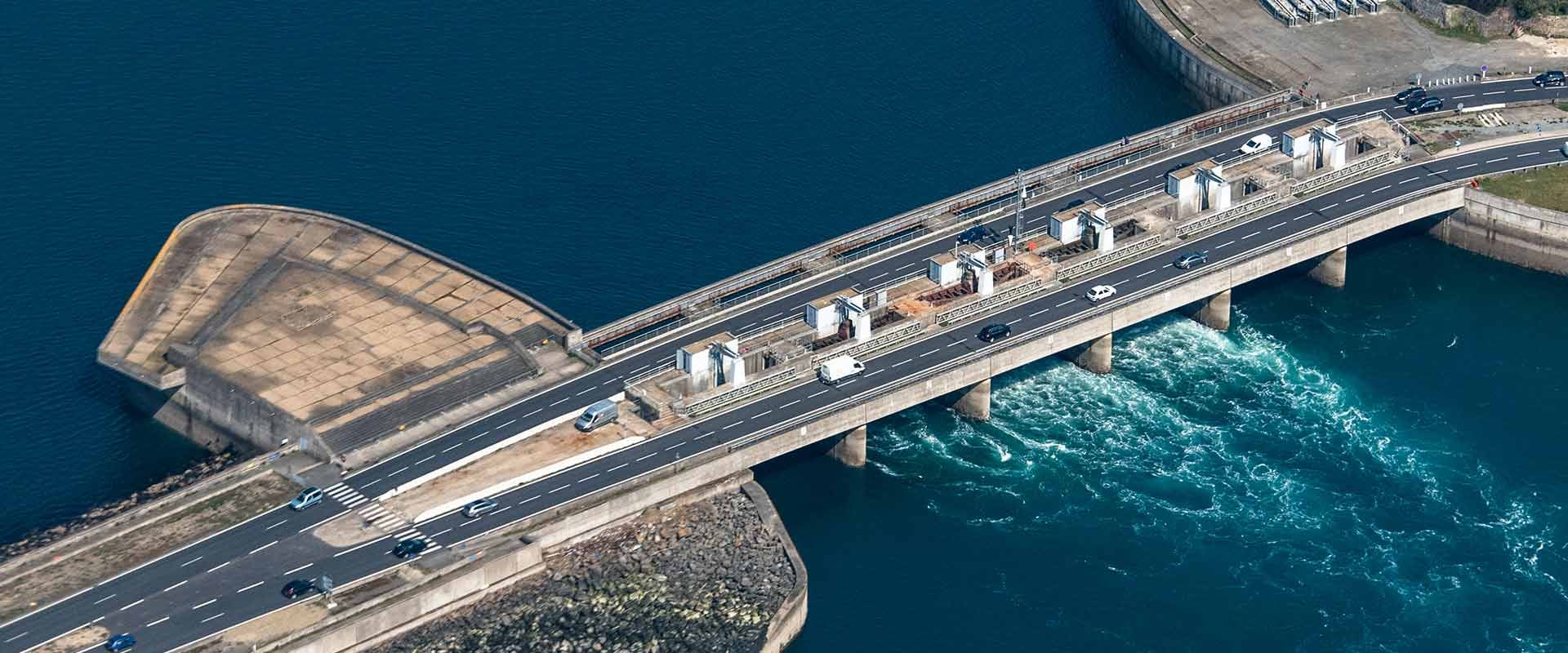Five facts you need to know about biomass energy
renewable energy

renewable energy
Harnessing the power of the ocean to generate electricity is a seductive concept: not only is tidal power a fully renewable energy source, it offers a coveted predictability that intermittent sources such as wind and solar do not. How does it work, where is it currently being used and what is on the horizon for this renewable energy technology?
Tidal energy can be defined as renewable energy generated by the natural movements of ocean tides and currents. To harness the energy of the tides, generators convert the constant movements of water into electricity. The industry harnesses tidal energy from three main sources: tidal streams, barrages, and tidal lagoons.
A tidal stream is a rapidly flowing body of water created naturally by tides. A turbine is carefully placed in the tidal stream, ensuring the machine itself does not disrupt the flow of water it is trying to capture. Once in place, the flow of water turns the turbine blades, which in turn generates electricity. Unlike wind and waves, tides are predictable and reliable, so once these generators are in place, they can produce a steady and dependable stream of electricity.

A barrage is an artificial barrier across a river or dam, which allows water to spill to a lower level in a controlled manner through turbines. As the water flows through the turbines, electricity is generated. While barrages offer the advantage of a greater level of control, they are more expensive to build and run, and have a higher impact on the environment.

A tidal lagoon is a body of ocean water that is partially enclosed by either a natural or manmade barrier. A generator in a tidal lagoon functions much like a barrage. However, tidal lagoons differ from barrages in that they can be constructed (or naturally occur) along the coastline. The environmental impact of tidal lagoons is minimal, however the energy output from generators in tidal lagoons is also likely to be low.

While tidal technology has been around for a few decades, tidal energy harnessing is still in its infancy, yet to be widely employed on a commercial scale. In recent years, advancements in technology and research have steadily increased the commercial viability of tidal energy production, with a steadily increasing number of commercial-sized tidal power plants popping up around the world.
The world’s first tidal power station – The Rance Tidal Power Station (240 MW) – commenced operation in 1966 in France, and remained the largest tidal power plant in the world for 45 years, before being surpassed by the South Korean Sihwa Lake Tidal power Station (254 MW) in 2011. The next largest power plant is located in Nova Scotia, Canada with a 20 MW capacity, followed by smaller plants in China, Russia and South Korea.
As yet, the United States has no tidal power plants and only a few sites where tidal energy can be harnessed for a reasonable price.

The future looks bright for the global tidal energy market. Currently worth US $5.8 billion, the industry is on the cusp of wide-spread commercialisation and is expected to register a compound annual growth rate of more than 17 per cent over the period of 2020 to 2025.
Tidal power projects are springing up around the globe, which will generate significant new opportunities for operators in the space. Advancements in technology and investments from governments in renewable energy schemes will continue to shift tidal energy towards commercial viability on a global scale. Europe is emerging as one of the fastest-growing markets, while the United Kingdom, Scotland, and France are key players in the market. As the world races to meet carbon reduction targets and still keep the lights on, the value offered by a predictable and fully renewable energy source such as tidal power make it a space to watch.
Brunel’s renewable energy specialists can help you meet your personnel and project needs. We provide personnel at all levels and role types to help you effectively scale your workforce and support every stage of your operation.